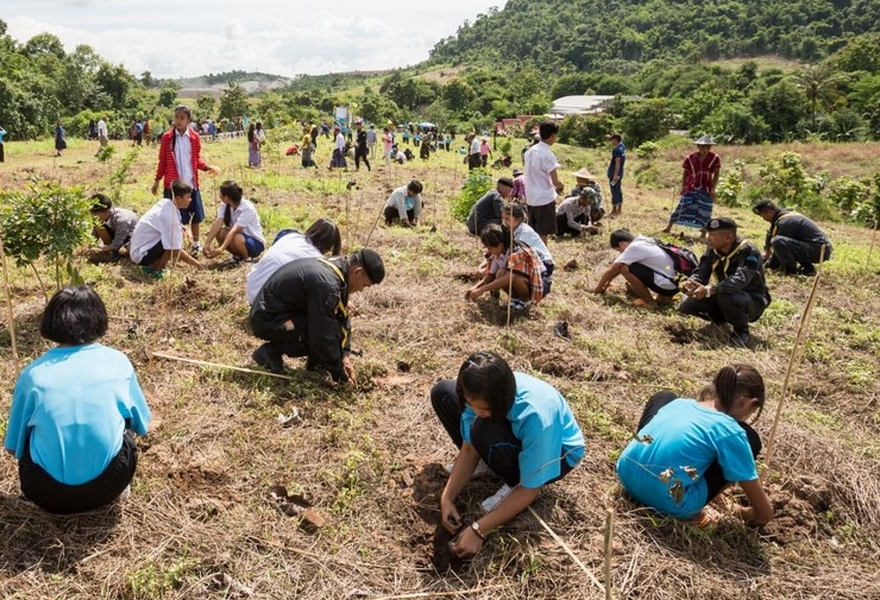Climate protection can actively reduce hunger and poverty
A new study is the first to comprehensively describe the link between land-based CO2 removal and the achievement of the sustainable development goals as defined by the United Nations.
Afforestation and other forms of climate-friendly land use can do more than just extract many gigatons of CO2 from the atmosphere and thereby reduce global warming. When sensibly applied, they can also contribute to reaching the sustainable development goals as defined by the United Nations, like reducing hunger and poverty. This is the result of a study with contributions by the Berlin-based climate research institute MCC (Mercator Research Institute on Global Commons and Climate Change). The study has now been published in the renowned journal Annual Review of Environment and Resources.
The researchers determine the potential of all six forms of land-based CO2 removal and for the first time comprehensively describe their impact on the UN sustainable development goals and on ecosystem services (which have also been classified by the UN as Nature’s Contributions to People). “Two options, namely Wetland Restoration and Soil Carbon Sequestration (SCS), deliver almost exclusively positive impacts and could thus be taken up immediately,” says Sabine Fuss, an author of the study and head of the MCC working group Sustainable Resource Management and Global Change. “By contrast, the four other options require risk management to avoid, for example, increased competition for land leading to bottlenecks in food production.”
In addition to afforestation/reforestation, these latter options include the cultivation of Bioenergy with Carbon Capture and Storage (BECCS), the storage of CO2 in biochar and Terrestrial Enhanced Weathering (TEW) promoted by the application of crushed rock to the land. “Risk management could involve excluding some CO2 removal options from certain regions, areas, or environments,” explains Jan Minx, another author of the study and head of the MCC working group Applied Sustainability Science. “But even so, these options still provide valuable opportunities for nature and human development. It’s time to seize them: with large pilot projects and sensible monitoring, in other words, with a watchful eye on the undesirable side-effects.”
Reference of the cited article:
Smith, P., Adams, J., Beerling, D., Beringer, T., Calvin, K., Fuss, S., Griscom, B., Hagemann, N., Kamman, C., Kraxner, F., Minx, J., Popp, A., Renforth, P., Vicente, J., Keesstra, S., 2019, Impacts of Land-Based Greenhouse Gas Removal Options on Ecoystem Services and the United Nations Sustainable Development Goals, Annual Review of Environment and Resources
https://doi.org/10.1146/annurev-environ-101718-033129






